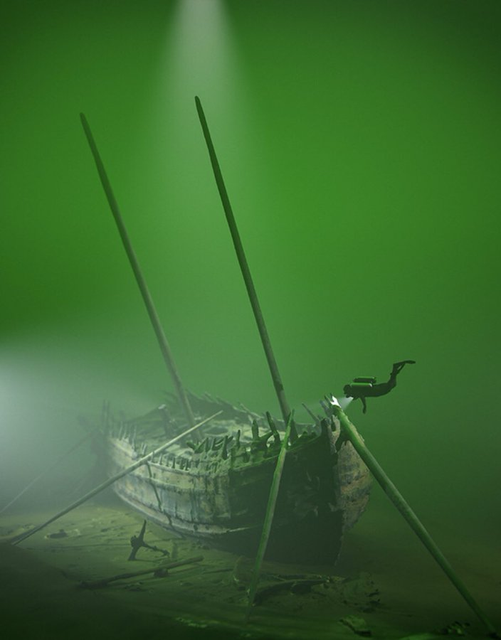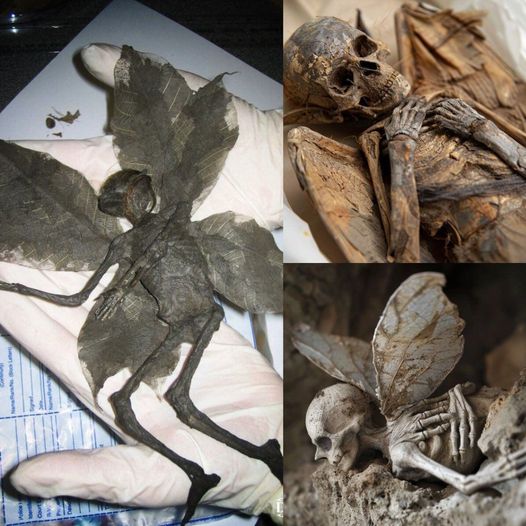In our quest to understand the vast expanse of the universe and the possibility of extraterrestrial life, we often overlook the incredible diversity of life right here on Earth. From the deepest ocean trenches to the scorching deserts, life finds a way to thrive in places we once believed were inhospitable. As we explore the boundaries of our planet's habitability, we must ask ourselves: if life can endure in such extreme conditions on Earth, could it also exist elsewhere in the cosmos?
The Extremophiles Defying the Odds
Life's remarkable adaptability is exemplified by extremophiles, microorganisms that flourish in environments that were once deemed hostile to life. These resilient organisms challenge our preconceived notions about where life can exist. Take, for instance, the extremophiles that dwell near deep-sea hydrothermal vents. In the crushing darkness of the ocean's depths, where temperatures can exceed 700 degrees Fahrenheit, these organisms harness the energy of scorching hot, mineral-laden water to thrive. They provide compelling evidence that life can survive in even the most extreme conditions.

Life in the Stratosphere
The stratosphere, a region of Earth's atmosphere once considered inhospitable, has also revealed its surprising secrets. High above the surface, at altitudes of 15 to 50 kilometers, scientists have discovered microorganisms known as extremophiles. These remarkable organisms have adapted to withstand extreme cold, low oxygen levels, and intense radiation. Their presence raises intriguing questions about the potential for life on other planets with similarly harsh conditions.

Alien Worlds Within Earth
Some terrestrial environments share striking similarities with the conditions found on other celestial bodies. Antarctica's McMurdo Dry Valleys, for example, mirror the harsh, arid landscapes of Mars. Yet, even in these frigid deserts, microorganisms known as cryophiles have been found, thriving in sub-zero temperatures. As we explore the possibility of life on Mars and other icy worlds, the resilience of cryophiles offers tantalizing hope.

The Quest for Extraterrestrial Life
As we push the boundaries of our understanding of life on Earth, we cannot help but wonder about the existence of alien lifeforms beyond our planet. If life can adapt and thrive in such extreme environments on Earth, then why not on distant exoplanets or moons in our own solar system? Scientists continue to search for clues, probing the icy oceans of Europa, the methane-rich lakes of Titan, and the rocky terrain of Mars for signs of extraterrestrial life.

The search for extraterrestrial intelligence extends beyond microbial life. The Drake Equation, developed by astronomer Frank Drake, attempts to estimate the number of advanced civilizations in our galaxy based on factors such as the rate of star formation and the probability of planets supporting life. While the equation provides a framework for our search, it also highlights the vast unknowns that shroud the existence of intelligent aliens.










